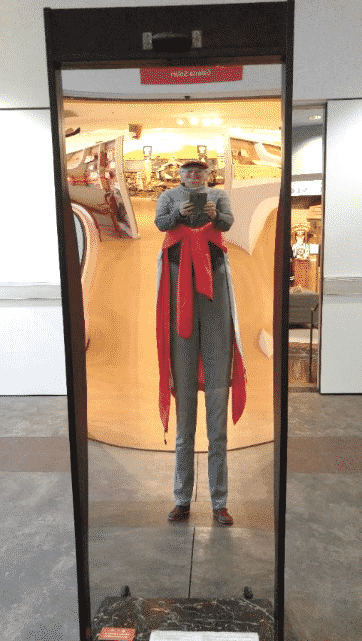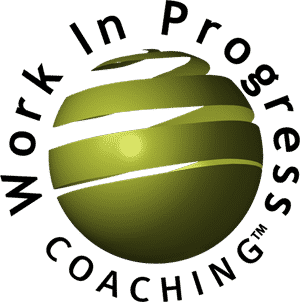 On a recent family outing to Santa Cruz’s Museum of Art and History, I played in front of a mirror designed to distort. One side of the mirror gave me super long, thin legs. The other side showed me shorter, rounder. I jumped back and forth to see different images.
On a recent family outing to Santa Cruz’s Museum of Art and History, I played in front of a mirror designed to distort. One side of the mirror gave me super long, thin legs. The other side showed me shorter, rounder. I jumped back and forth to see different images.
Walking away from the mirror’s physical distortions was easy. But that isn’t the case with our mental distortions, the more important ones to walk away from.
Mental distortions
All of us have mental distortions and biases – perspectives through which we view situations, events, others, and ourselves. Don’t be bummed. Be awake.
Having biases is not the issue … nor the opportunity.
- The issue: Not knowing the mental distortions we have.
- The opportunity: Recognizing, owning and choosing the amount of influence they have on us.
There’s a set of biases that is particularly important to own and loosen their grip on us – automatic judgments, unexamined assumptions, pre-conceived conclusions.
To examine your biases, ask these questions from The Book of Beautiful Questions:
- What am I inclined to believe on this particular issue? Start by articulating your beliefs and biases.
- Why do I believe what I believe? This question gives you the opportunity to consider the basis (origin and foundation) of your belief.
- What would I like to be true? A “desirability bias” may lead you to think something is true because you want it to be true.
- What if the opposite is true?
Understanding that our biases color and shape what we see, and ultimately how we act, gives us the opportunity to consciously choose how much they influence us and the opportunity to “see” our self and each other.
What’s do you see when you look in the mirror?
Love to hear from you.
Subscribe
Get Camille's latest posts!
